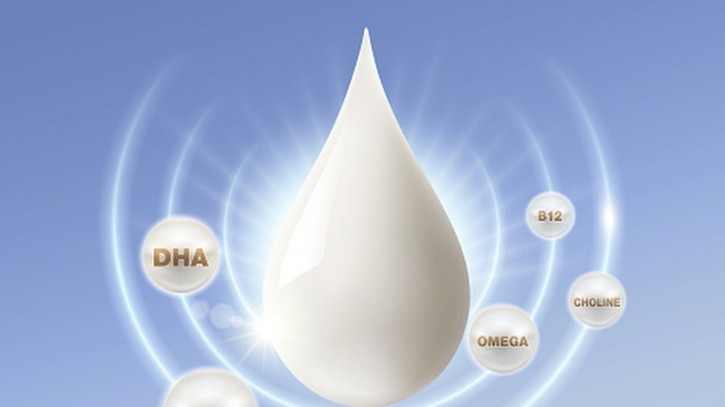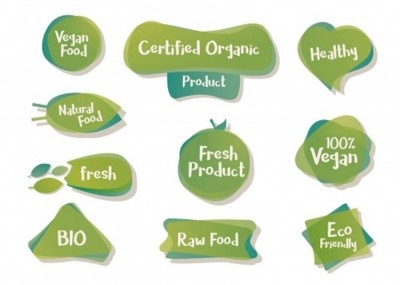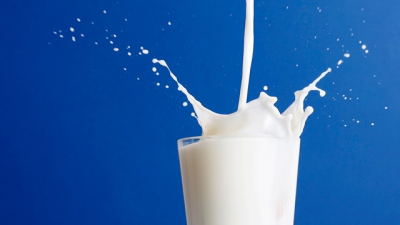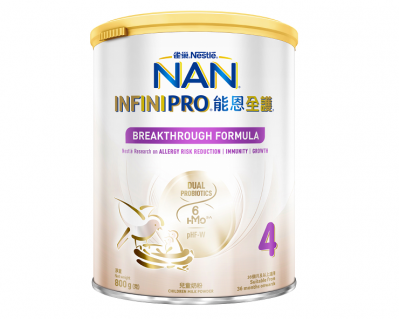‘Not all DHA is equal’: Concentration of specific sn-2 variant could play key role in infant formula efficacy – Junlebao

The importance of docosahexaenoic acid (DHA) in an infant’s developmental process is well-research and documented, covering areas from brain development to retinal development and allergy reduction.
For this reason, DHA has become a widely-demanded component in many infant formula products across a multitude of brands – but according to industry leader Junlebao, it may not just be the amount of DHA that is important but also the presence of a specific variant of this molecule.
“Based on studies conducted in China, Spain and France, research has shown that breast milk has a higher proportion of sn-2 DHA as compared to sn-1 and sn-3 variants,” Junlebao Nutrition Research Institute Director Celia Ning told the floor at our recent Growth Asia Summit 2023 in Singapore.
“The presence of this specific DHA averaged at higher than 50% in breast milk, and the difference between this and the other variants is its spatial arrangement – so this begs the question of whether there is a preferred spatial arrangement for DHA here in the breast milk, which in turn can confer the benefits that infants require.”
DHA is part of an omega-3 fatty acid, which has a glycerol molecule base with three possible positions for DHA to attach to it – an attachment to the first site yields an sn-1 DHA molecule, to the second site an sn-2 DHA molecule and the third site an sn-2 molecule.
“In the Chinese populations that were studied, on average 6-% of DHA in breast milk was in the sn-2 position – but by comparison only about 30% of infant formula products on the market have sn-2 DHA,” she added.
“This is a significant difference from the sn-2 DHA concentration in breast milk, and across infant formula, follow-on formula and growing-up formula all the sn-2 DHA was found to be lower than that in breast milk.
“Rodent experiments have shown that sn-2 DHA could potentially confer better benefits due to better absorption by the body via the intestinal mucosa, uptake by tissues and absorption in the brain.
“Conversely, there are a are a number of clinical findings in infants and children that show that DHA supplementation does not necessarily provide brain development benefits.
“[This again begs the question of] whether this is related to the spatial distribution of the DHA, and whether changing this to sn-2 DHA could further aid absorption and utilisation – and if so, whether it is possible in infant formula to increase the proportion of DHA to more closely resemble that of breast milk.”
With much more detailed research needed, Ning called on industry partners to collaborate around the topic to increase understanding and boost public health.
She highlighted that this could potentially reveal how sn-2 DHA can provide the rest of the population with better benefits in terms of DHA utilisation in the body as well.
Global DHA findings
According to the firm’s data, globally the average level of DHA in breast milk was found to be 0.37% out of the total fatty acids available, and tended to be higher in the breast milk of women with higher accessibility to marine foods such as Malaysia, Japan and the Philippines.
“There was a significant correlation between fish/marine food accessibility and the amount of DHA in breast milk – in China, the dietary intake for lactating women varied significantly by region and those with the highest intake in the coastal regions (44.37 mg/d) [had the] highest DHA content (0.45%).
“It has also been shown that socio-economic status has an impact on DHA levels, with high-income countries having lower level than low-income countries – this is because consumers in high-income countries s tend to consume more processed foods and trans-fats which have been suggested to have a disturbing effect on long-chain fatty acid synthesis and metabolism.”



















